We often talk about web2.5 as if we need to take a half step back to bring the next wave of collectors into NFTs but what we are seeing is that actually they are in fact already here. Now you may be forgiven for thinking this funky footwork is to be expected from a company named Shufl but allow me to explain. Let’s dive in….
As NFT enthusiasts we’d love to say hand on heart that the next wave of mass adoption is right around the corner. But anecdotally what we are seeing, is that currently the biggest interest from companies looking to enter the NFT space is coming from existing crypto projects. We have a number of live projects where crypto focused projects, whether its DeFi, Insurance or whatever else are waking up to the benefits that NFTs offer and applying that to their own community building strategies.
This makes sense for a number of reasons. Their users are already familiar with wallets and they understand how to interact with blockchain. Some of them are likely already exploring NFTs, but not all. Even within experienced crypto users, we see a resistance to NFTs, with many still believing them to be nothing more than speculative monkey jpegs. Maybe, just maybe, NFTs coming from platforms they already trust is the perfect gateway drug.
Throughout ’23 as we transitioned out of the mania of the last bull run, the key phrase amongst collectors was “utility’. Everyone wanted to know what would this NFT allow them to do. It was no longer enough to offer some cool art and a private discord server or telegram group chat. People wanted and expected more to justify what were in many cases eye watering valuations.
The rise of utility has seen many different approaches. In many cases the utility was infact around creating novel applications for NFTs. Staking for fungible tokens that allowed you to colour in your NFTs might be fun, but is it actually useful? Sure giving a pack of digital crayons to a blockchain NFT enthusiast is going to keep them occupied during the bear market, but is it sustainable in the long term.
This led many to discuss how the sustainability of utility led NFT projects actually relied on them creating viable revenue streams that weren’t dependent on royalties from secondary sales, or worse still the continued release of Gen2, Gen3 collections that diluted their existing IP.
Ironically while many NFT focused projects struggled to shoe horn “utility” into their projects, DeFi platforms and other existing crypto businesses already have a solution that means they can offer holders genuine utility that is well actually useful. Whether it is reduced fees for using their platform, improved staking rates for NFT holders, or even having the NFT be backed by a certain amount of their fungible token. These types of initiatives when coming from a legit crypto project that does more than just make NFTs (I get the irony, we literally just make NFTs) actually start to make sense.
Personally, I think that while utility is without doubt here to stay, we will see a return to the rise of NFTs that are more art focused and built around traditional collector models. NFTs will continue to diversify in their use cases as they develop to cater to a broader market. Hopefully at some stage they stop being labelled “NFTs” simply becoming collectibles. I think even the term digital collectible is a step to far.
If you are an existing platform or protocol and are interested in learning more about how you could leverage collectibles to grow and empower your community then reach out, we are always happy to chat.

